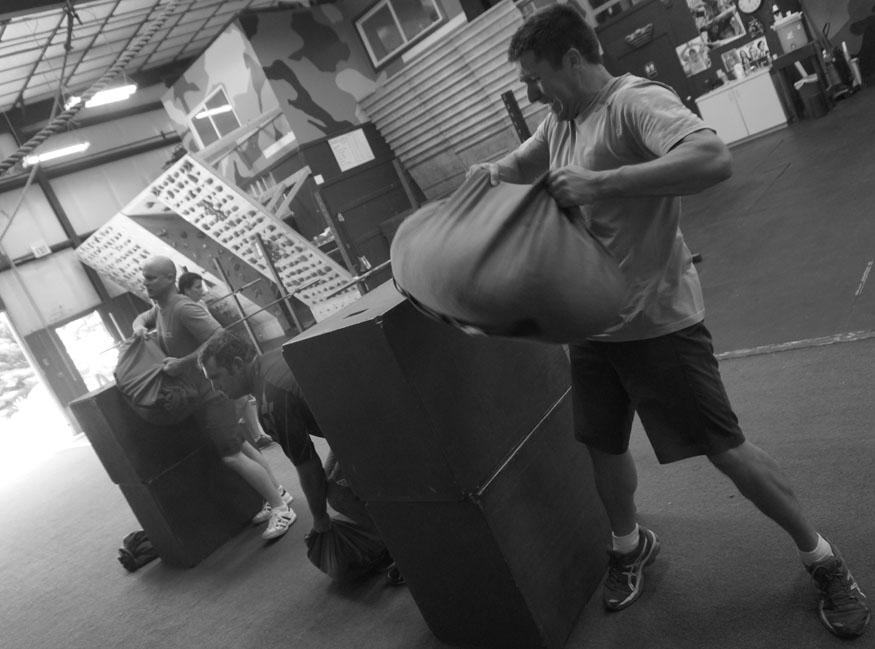By Rob Shaul
High Relative Strength
Relative strength is strength per bodyweight, as opposed to max effort strength or absolute strength – which is how much you can lift. LE Athletes don’t need to have competitive powerlifter strength, but they do need to be able to move their own body mass around effectively and explosively. One danger of an overemphasis on max effort strength is it can lead athletes to ignore other areas of important work-related fitness, like work capacity and sprinting ability.
High Work Capacity for Short/Intense Events
When things are most dangerous for LE Athletes – firefight, suspect control and apprehension – the fitness event will be an intense, but short, work capacity effort. LE Athletes need to be able to turn it on and go hard.
Power for fast, explosive movements
Think of closing a 10-yard distance to a suspect and throwing him/her to the ground for apprehension, or reacting to a close attack. LE Athletes need lower and upper body power and explosion.
Speed for short to moderate distance sprints
LE Athletes need to be fast – sprint to cover in a firefight, run down an escaping suspect, etc. Again, relative strength is key – strength per bodyweight – too much mass whether it is muscle or fat, makes you slow.
Upper body power, mass, and strength for suspect handling and intimidation
Upper body mass – chest, shoulders, biceps, can be a real asset for LE Athletes when dealing with bad guys as it can intimidate and prevent possible trouble. LE Athletes must balance upper body mass with the need to have overall explosive power and sprinting speed, but both are an asset. Upper body power and strength is required for suspect suppression and apprehension.
Grip Strength
Can be easily ignored, but grip strength is key to confrontations when suspects must be controlled.
Durability for a long career
Unlike Military Athletes, LE Athletes can be “operational” well into their late 50s and early 60’s. There aren’t smaller, weaker, slower bad guys for older cops – there are only bad guys, and most are young men. LE Athletes need continual fitness, and durability over a long, 30-year career to stay in the game and safe while there.
You Might Also Like Why is the Cooper Fitness Test Used by Law Enforcement Agencies?

